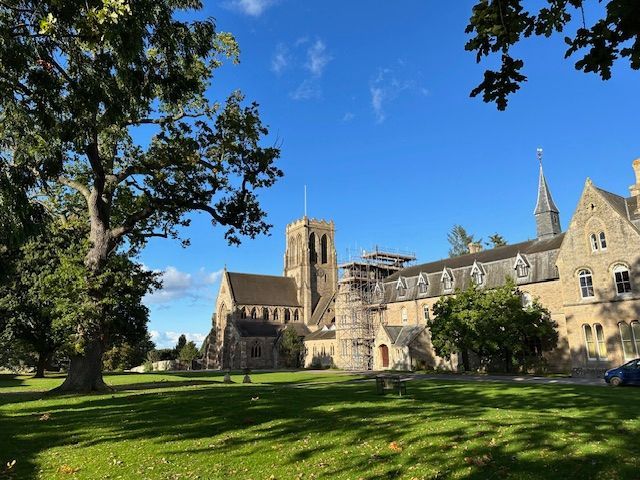
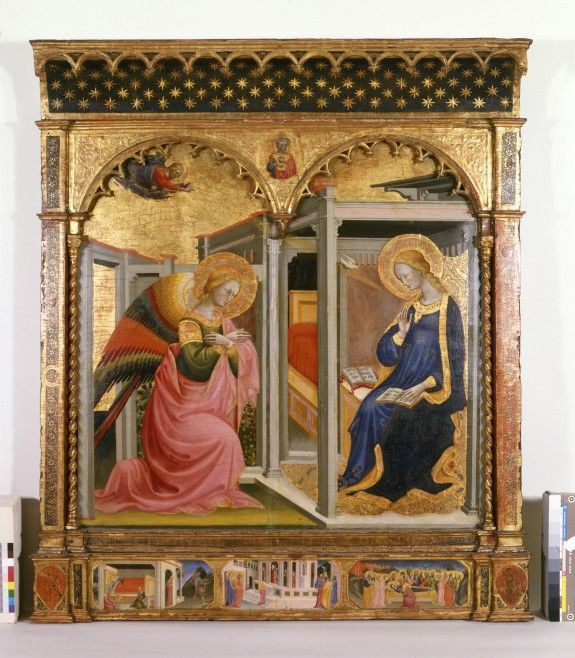

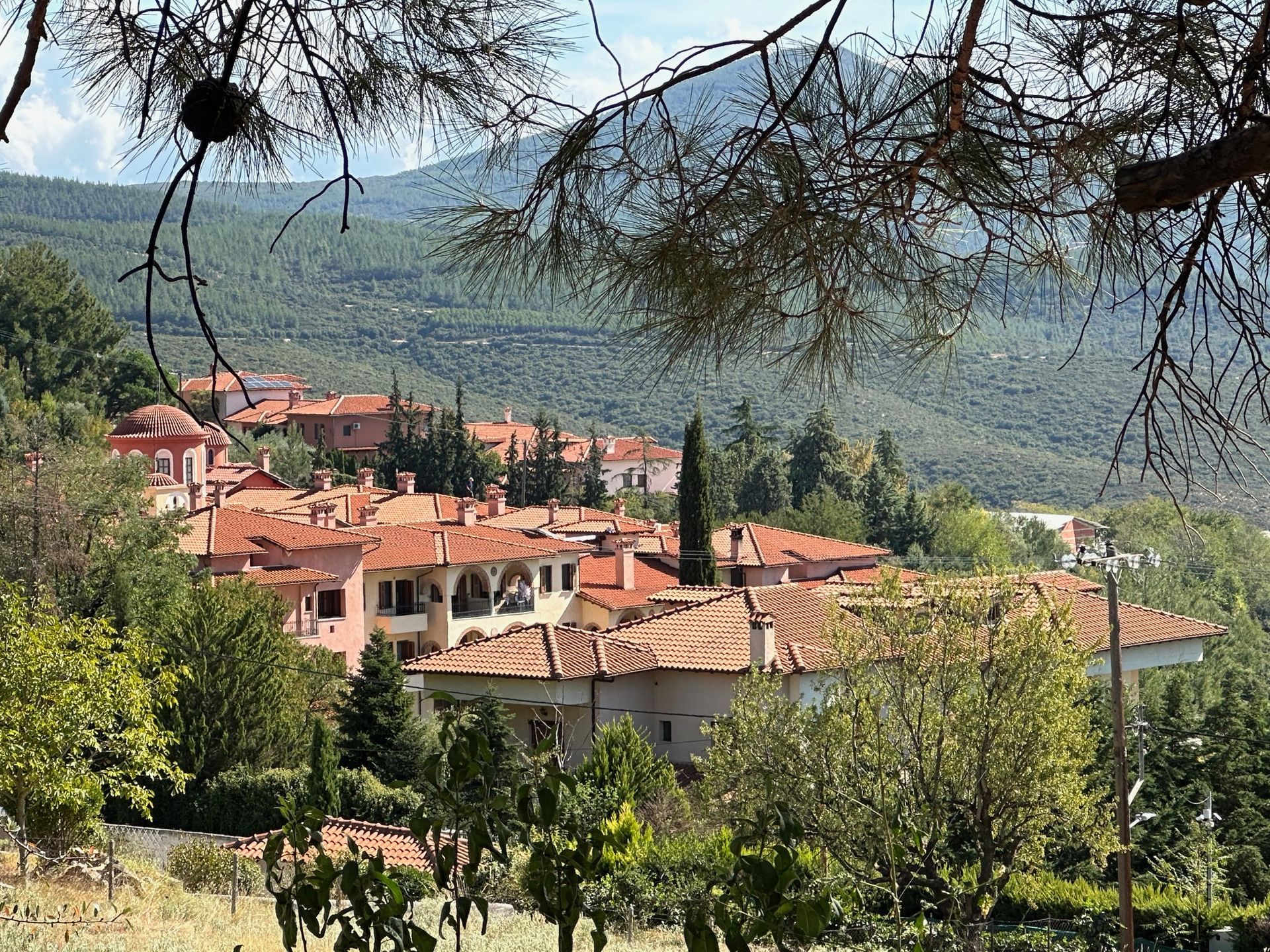
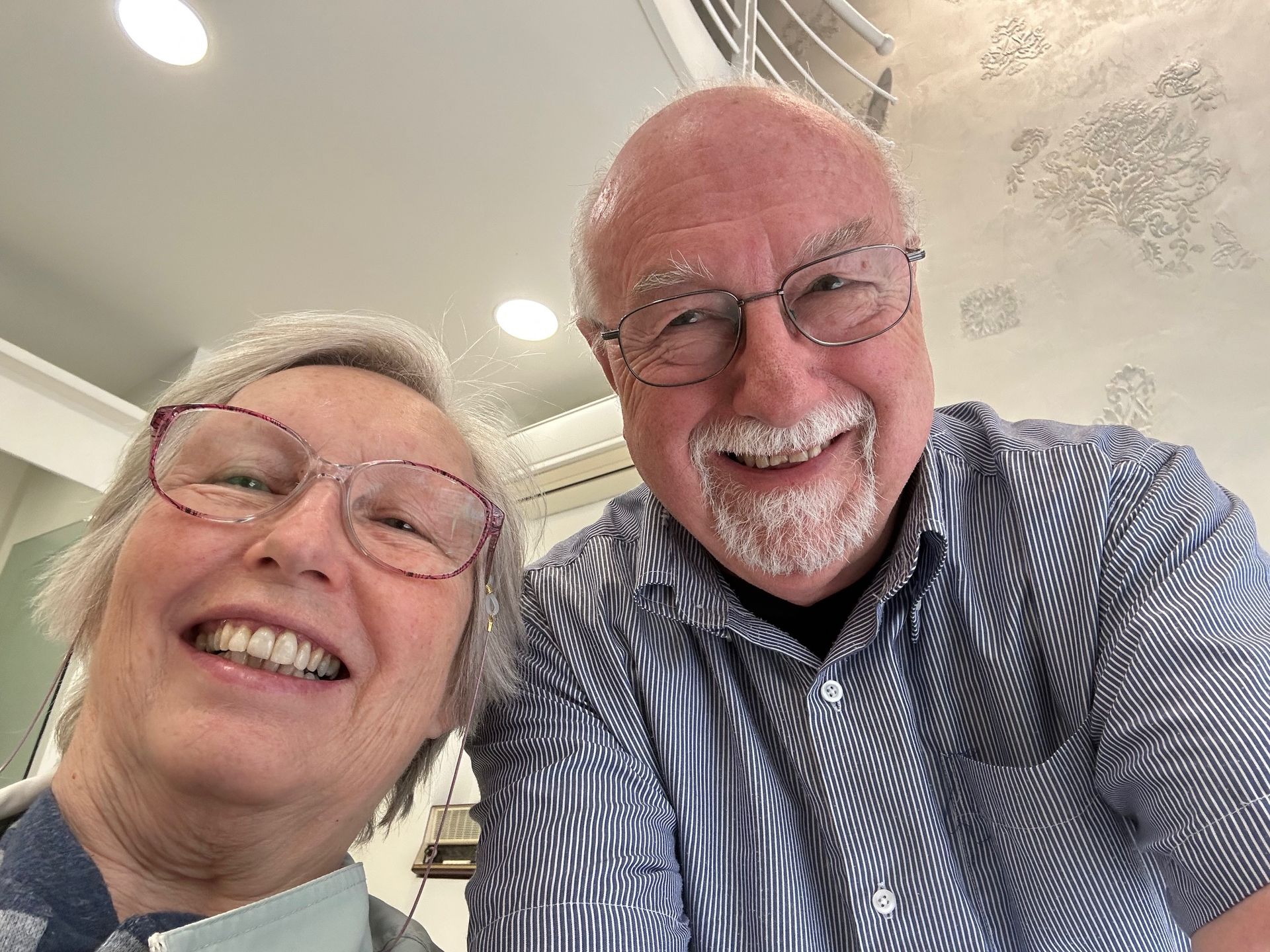
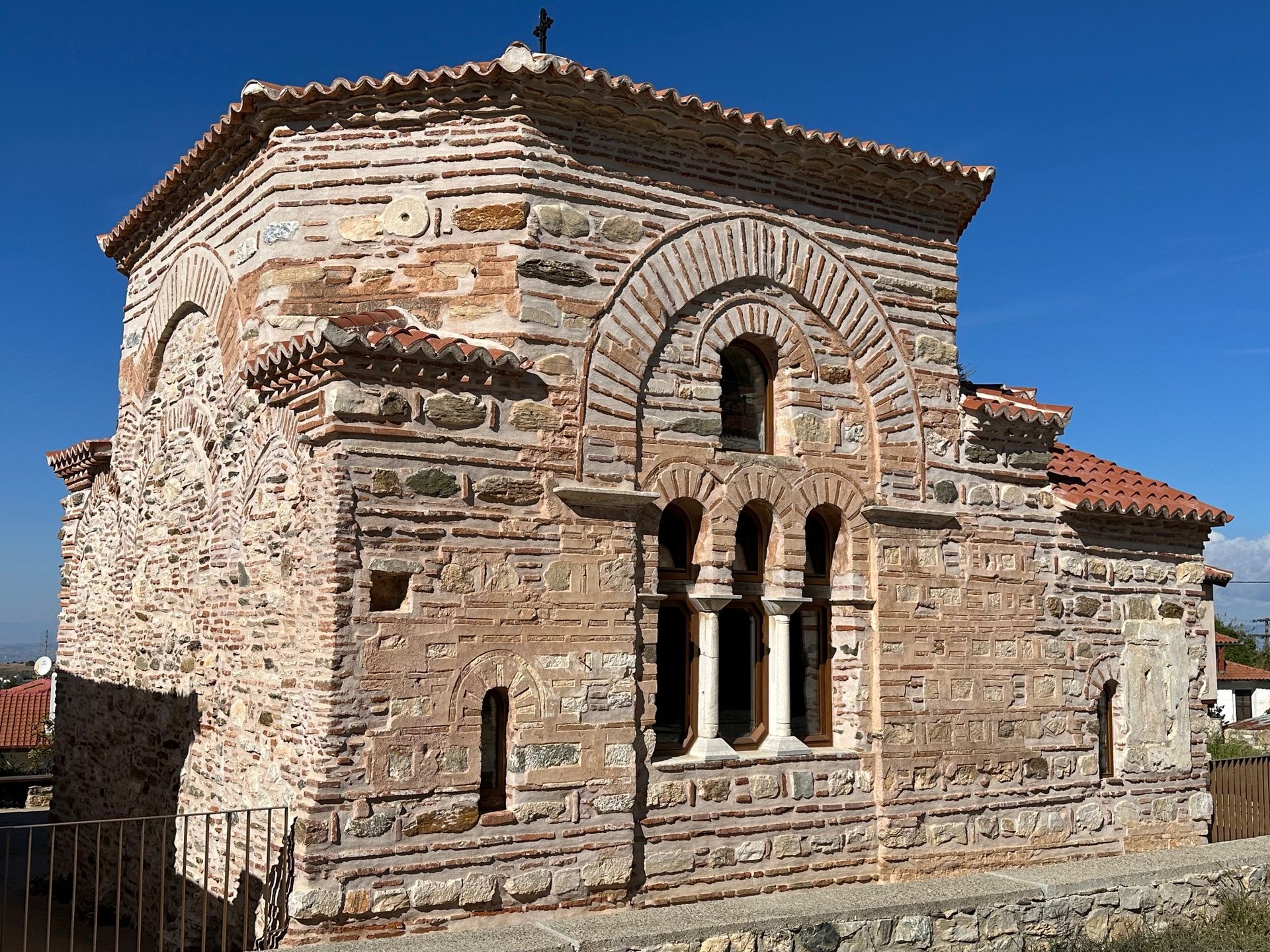

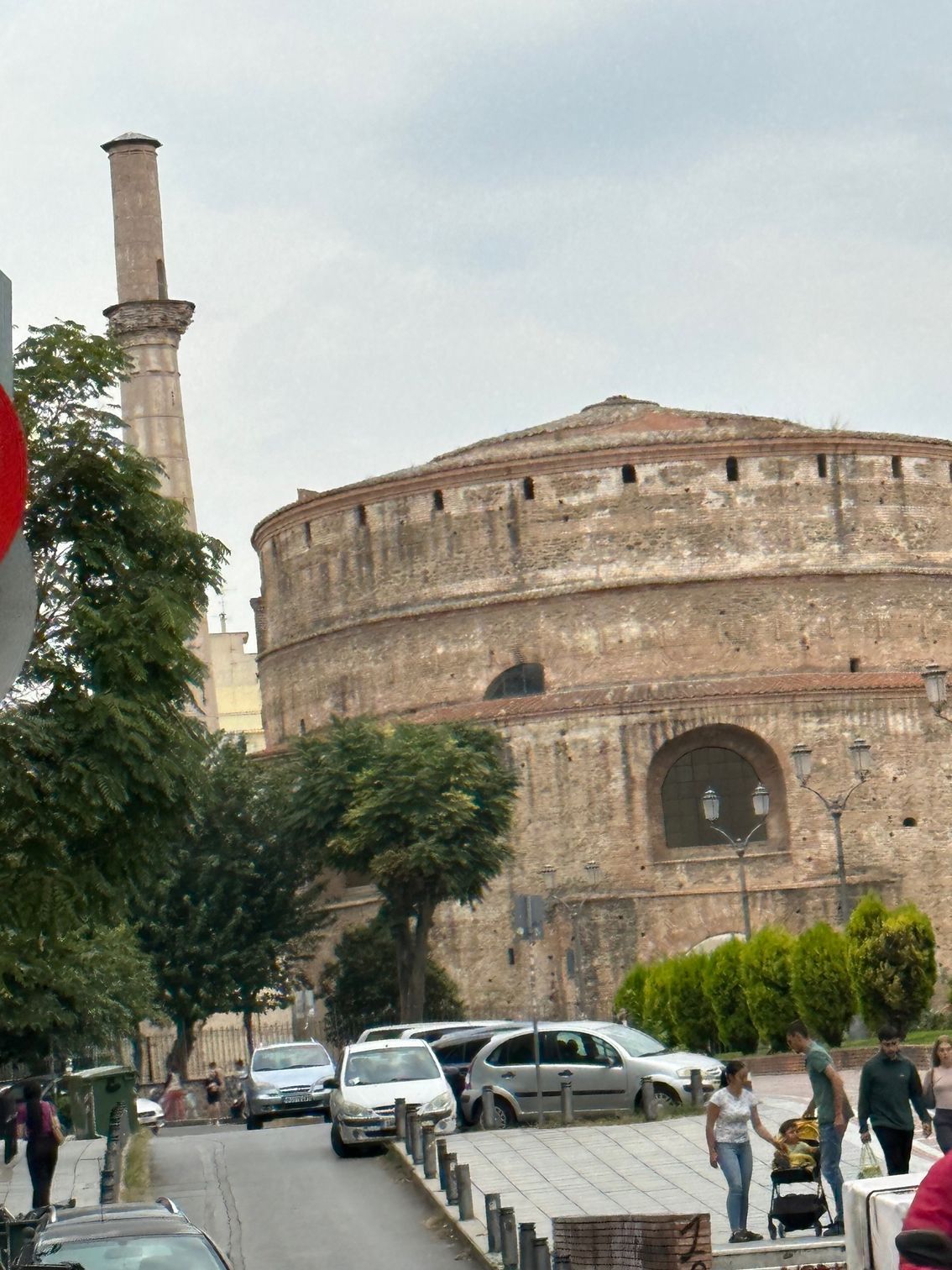
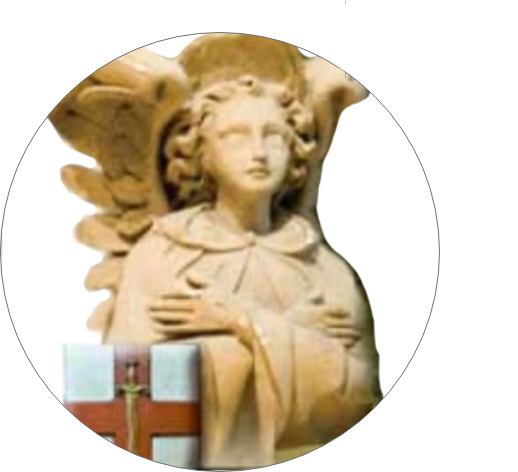

Based on the Scripture readings alone, Lent should be our very favourite season of the year. The Sunday readings in Year A, which can be used every year, especially if there are catechumens preparing for Baptism, are surely the greatest masterpieces of the Fourth Gospel. Last Sunday, we heard of Jesus’ encounter with the Samaritan woman at Jacob’s Well, while today we have the story of the Man Born Blind, (Jn 9: 1-41). Neither last week nor this are we told by John the name of the persons concerned. Perhaps they are meant to represent every man or woman, who seeks after the truth, searching for salvation and a meaning to life. If last week’s theme was that of living water and the gift of the Holy Spirit, then today it is not simply a miracle of healing that we are witnessing, but growth in faith and coming to know Jesus as God and Saviour, the source of light and life.
If you read the Gospel passage through or hear it read, you will realise at once that it is written in similar fashion to the Passion Narrative, which is meant to be read or acted by several voices and thus brought to life, almost like a Greek drama, where the chorus played such an important role. There is a debate on the cause of the blindness. Who was responsible for this on account of their sins? Jesus says at the very outset, “Neither he nor his parents sinned, he was born blind so that the works of God might be displayed in him.” Ultimately, the works of God will be displayed fully in Jesus’ death on a cross, burial in a tomb, resurrection and outpouring of the Holy Spirit. The healing of the man born blind looks forward prophetically to the saving events of Easter. It’s beautifully written. The secret is to read and reread it, preferably aloud. The story builds up to the man’s declaration of faith, though at times it looks as if he’ll never get there. His parents don’t help, as they’re afraid of the religious authorities.
“Jesus heard they had driven him away, and when he found him, he said to him, ‘Do you believe in the Son of Man?’ ‘Sir,’ the man replied ‘tell me who he is so that I may believe in him.’ Jesus said, ‘You are looking at him; he is speaking to you.’ The man said, ‘Lord, I believe’, and worshipped him.” Not only can the man now see, but he can see and believe that Jesus is the Saviour. The whole point of John’s Gospel is that those who read or hear it will come to faith just as the Samaritan woman did and the Man born blind does today. Through the Gospel all people, men and women, young and old, and of any race or station in life, can come to know Jesus through faith in a personal encounter. Today we are given the opportunity to see and hear Jesus and to come to an even deeper faith in him.
Fr Paul








Copyright © 2019 - Parish of St Michael and All Angels, Belmont Abbey, Hereford
Belmont Abbey Parish is part of Belmont Abbey Mission CIO (registered charity number 1191221)
Website design by: Every Day Christian Marketing